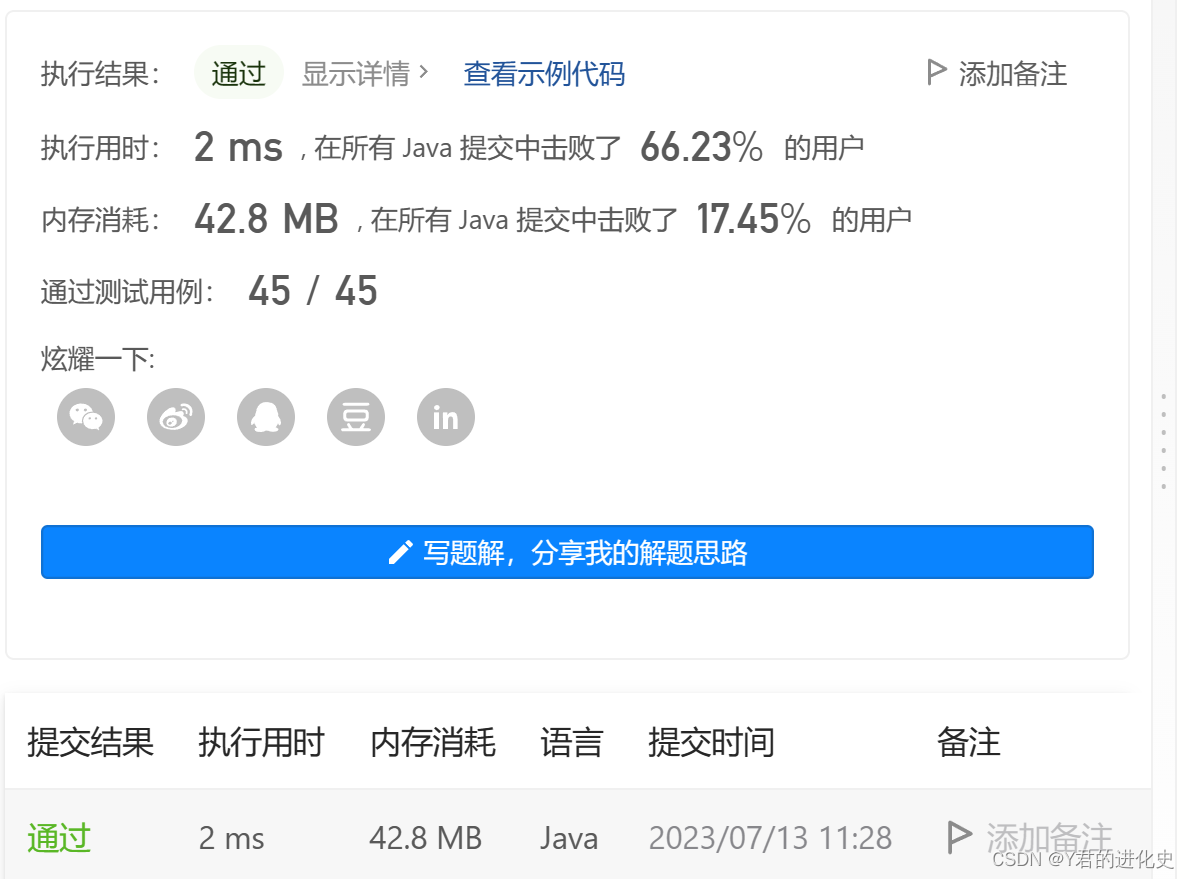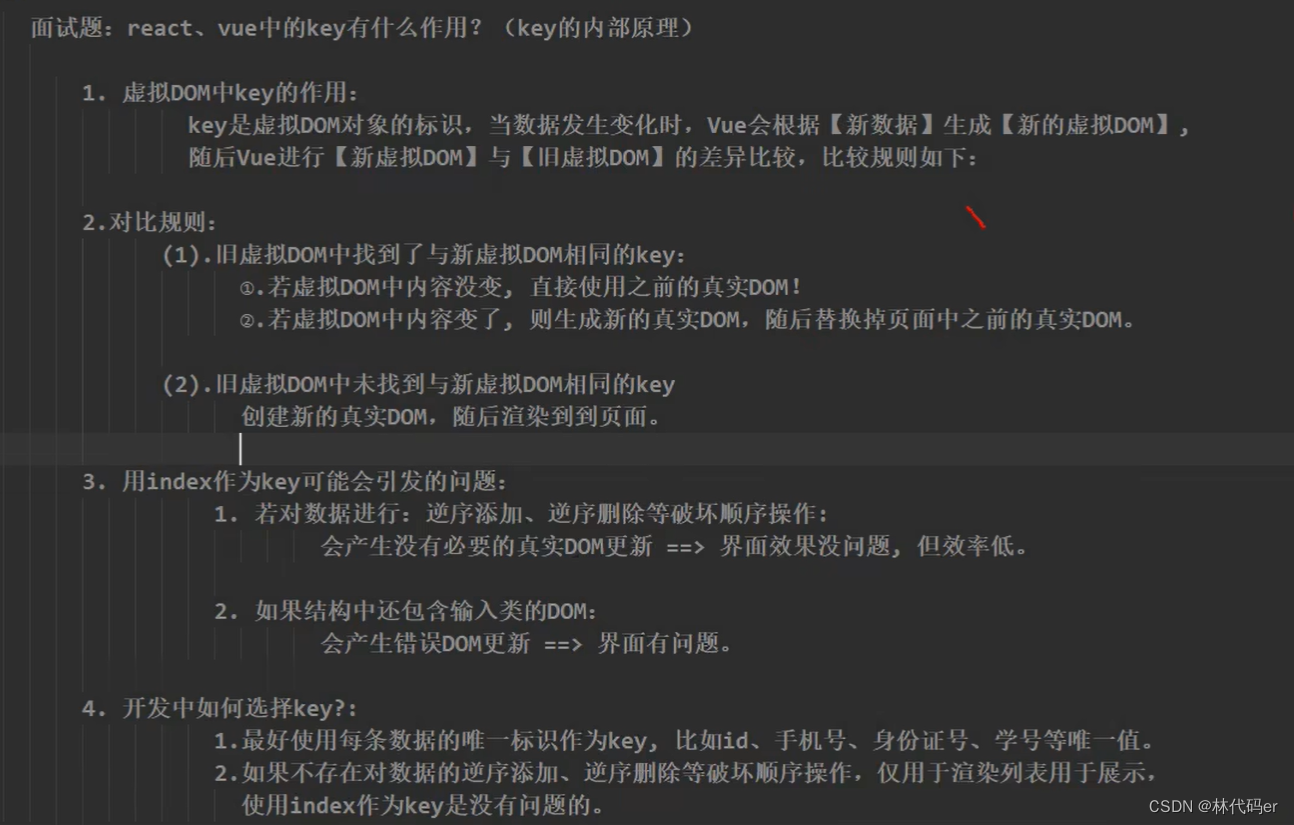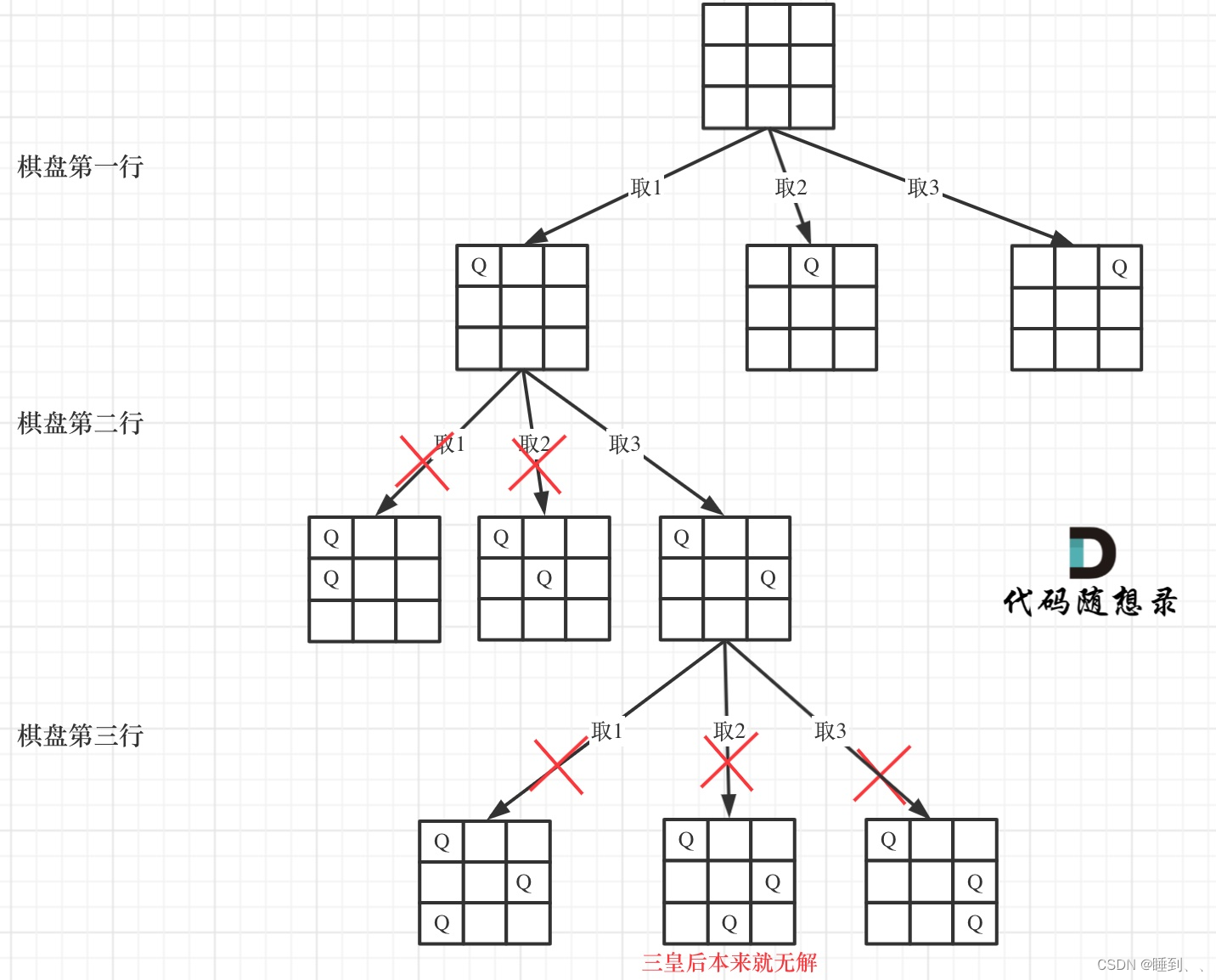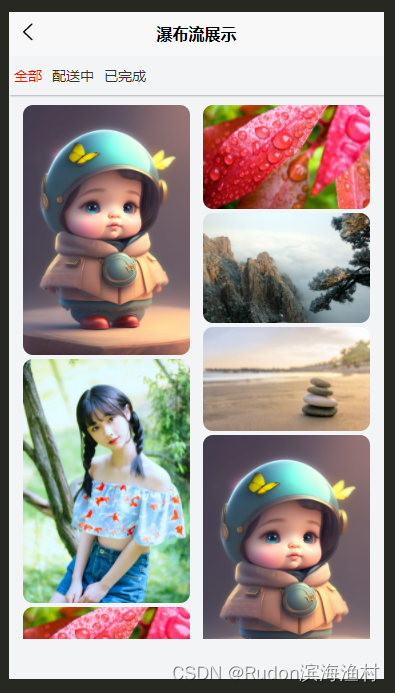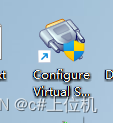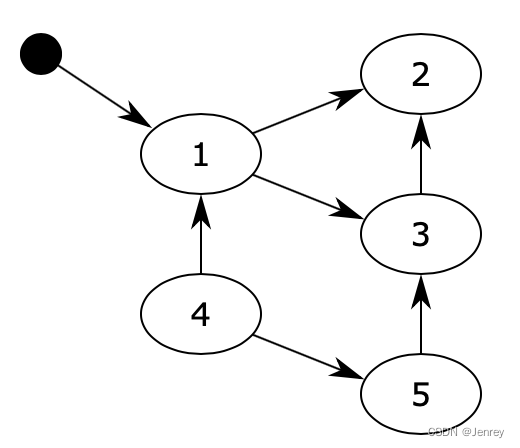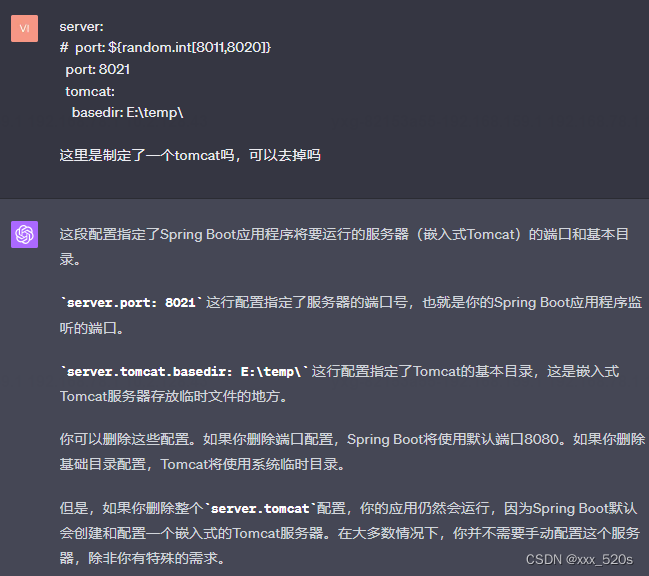大家好,本文将介绍如何利用Stable Diffusion和PyTorch的能力来创建AI生成的QR码艺术。通过将这些技术相结合,可以生成独特的、具有视觉吸引力的艺术作品,其中包含QR码,为艺术作品增添了互动元素。
Stable Diffusion和PyTorch
稳定扩散(Stable Diffusion)是一种用于图像处理和计算机视觉的技术,可对图像进行可控转换。另一方面,PyTorch是一种流行的深度学习框架,提供了搭建和训练神经网络的工具。通过结合这两项技术,可以创建一个强大的管道,用于生成AI艺术作品。
为了开始工作,需要安装必要的软件包,这些软件包对于处理二维码和图像处理至关重要。
pip -q install diffusers transformers accelerate torch xformers qrcode同时还需要支持Nvidia GPU的系统,如果正在使用Google Colab,可以将TPU设置为运行时,它将为进程启用Nvidia GPU,可以在google colab中使用以下命令来检查GPU是否启用。
用户将得到如下输出:
+-----------------------------------------------------------------------------+
| NVIDIA-SMI 525.85.12 Driver Version: 525.85.12 CUDA Version: 12.0 |
|-------------------------------+----------------------+----------------------+
| GPU Name Persistence-M| Bus-Id Disp.A | Volatile Uncorr. ECC |
| Fan Temp Perf Pwr:Usage/Cap| Memory-Usage | GPU-Util Compute M. |
| | | MIG M. |
|===============================+======================+======================|
| 0 Tesla T4 Off | 00000000:00:04.0 Off | 0 |
| N/A 61C P8 10W / 70W | 0MiB / 15360MiB | 0% Default |
| | | N/A |
+-------------------------------+----------------------+----------------------+
+-----------------------------------------------------------------------------+
| Processes: |
| GPU GI CI PID Type Process name GPU Memory |
| ID ID Usage |
|=============================================================================|
| No running processes found |
+-----------------------------------------------------------------------------导入库
import torch
from PIL import Image
import qrcode
from pathlib import Path
from multiprocessing import cpu_count
import requests
import io
import os
from PIL import Imagefrom diffusers import (
StableDiffusionPipeline,
StableDiffusionControlNetImg2ImgPipeline,
ControlNetModel,
DDIMScheduler,
DPMSolverMultistepScheduler,
DEISMultistepScheduler,
HeunDiscreteScheduler,
EulerDiscreteScheduler,
)生成QR码并使用预训练模型
通过使用qrcode软件包并指定所需的参数(例如纠错和方框大小),可以创建编码特定信息的QR码。
qrcode_generator = qrcode.QRCode(
version=1,
error_correction=qrcode.ERROR_CORRECT_H,
box_size=10,
border=4,
)
controlnet = ControlNetModel.from_pretrained(
"DionTimmer/controlnet_qrcode-control_v1p_sd15", torch_dtype=torch.float16
)创建稳定的扩散管道
pipe = StableDiffusionControlNetImg2ImgPipeline.from_pretrained(
"runwayml/stable-diffusion-v1-5",
controlnet=controlnet,
safety_checker=None,
torch_dtype=torch.float16,
).to("cuda")pipe.enable_xformers_memory_efficient_attention()用于调整图像大小的附加功能
def resize_for_condition_image(input_image: Image.Image, resolution: int):
input_image = input_image.convert("RGB")
W, H = input_image.size
k = float(resolution) / min(H, W)
H *= k
W *= k
H = int(round(H / 64.0)) * 64
W = int(round(W / 64.0)) * 64
img = input_image.resize((W, H), resample=Image.LANCZOS)
return imgSampler的字典
SAMPLER_MAP = {
"DPM++ Karras SDE": lambda config: DPMSolverMultistepScheduler.from_config(config
"DPM++ Karras": lambda config: DPMSolverMultistepScheduler.from_config(config, use
"Heun": lambda config: HeunDiscreteScheduler.from_config(config),
"Euler": lambda config: EulerDiscreteScheduler.from_config(config),
"DDIM": lambda config: DDIMScheduler.from_config(config),
"DEIS": lambda config: DEISMultistepScheduler.from_config(config),
}pipe.scheduler = SAMPLER_MAP[sampler](pipe.scheduler.config)试验不同参数
为了达到理想的艺术效果,可以尝试使用不同的参数,例如扩散强度、推理步数和引导尺度。这些参数可对最终输出产生重大影响,并允许进行创意性探索。
qr_code_content: str = "https://www.linkedin.com/in/zeel-sheladiya-772513176/"
prompt: str = "A beautiful nature and river surrounded by the flamigos"
negative_prompt: str = "ugly, disfigured, low quality, blurry, nsfw"
guidance_scale: float = 7.5
controlnet_conditioning_scale: float = 1.3
strength: float = 0.9
seed: int = 5392011833
init_image: Image.Image | None = None
qrcode_image: Image.Image | None = None
use_qr_code_as_init_image = True
sampler = "DPM++ Karras SDE"generator = torch.manual_seed(seed) if seed != -1 else torch.Generator()if qr_code_content != "" or qrcode_image.size == (1, 1):
print("Generating QR Code from content")
qr = qrcode.QRCode(
version=1,
error_correction=qrcode.constants.ERROR_CORRECT_H,
box_size=10,
border=4,
)
qr.add_data(qr_code_content)
qr.make(fit=True)
qrcode_image = qr.make_image(fill_color="black", back_color="white")
qrcode_image = resize_for_condition_image(qrcode_image, 768)
else:
print("Using QR Code Image")
qrcode_image = resize_for_condition_image(qrcode_image, 768)
init_image = qrcode_image创建AI生成的QR码并输入
out = pipe(
prompt=prompt,
negative_prompt=negative_prompt,
image=qrcode_image,
control_image=qrcode_image, # 类型:忽略
width=768, # 类型:忽略
height=768, # 类型:忽略
guidance_scale=float(guidance_scale),
controlnet_conditioning_scale=float(controlnet_conditioning_scale), # type: i
generator=generator,
strength=float(strength),
num_inference_steps=40,out.images[0].show()
通过结合Stable Diffusion、PyTorch和QR码,可以开启AI生成艺术的新领域。通过进一步的实验和探索,艺术家和开发人员可以突破创造力的界限,创造出引人入胜的互动艺术作品,从而吸引和启发观众。二维码的使用为艺术作品增添了互动元素,使观众可以通过扫描二维码获取更多信息或内容。
总之,Stable Diffusion、PyTorch和QR码的结合为生成AI艺术品提供了一个强大的流程。通过利用这些技术,艺术家和开发人员可以创造出独特的、具有视觉吸引力的艺术作品,并将互动元素融入其中。随着进一步的实验和探索,AI生成艺术的可能性是无限的,可以期待在未来看到更多创新和迷人的艺术作品。




